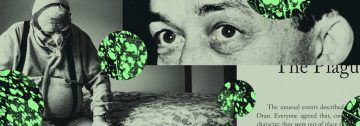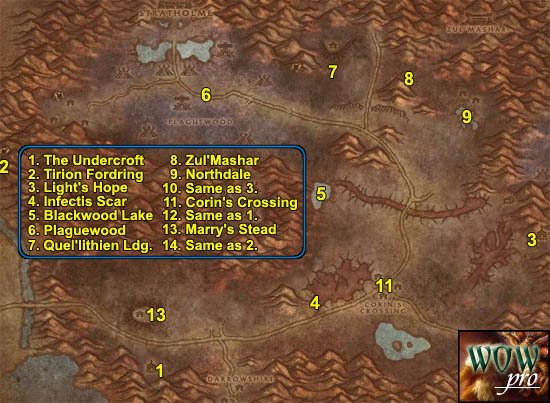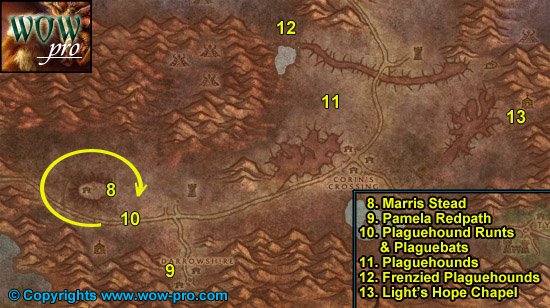


In 1939, when Francine was still his fiancé, Camus had made frequent visits to Oran.

Write an insignificant and absurd biography.’ He was at that time living in Oran, on the Algerian coast, with his wife Francine Faure and her family.

This updated edition promises to add relevance and urgency to a classic novel of twentieth-century literature.In 1941, one month after finishing the writing of The Myth of Sisyphus, Camus made the following note: ‘On Oran. Restoring the restrained lyricism of the original French text, and liberating it from the archaisms and assumptions of the previous English translation, Marris grants English readers the closest access we have ever had to the meaning and searing beauty of The Plague. In this fresh yet careful translation, award-winning translator Laura Marris breathes new life into Albert Camus’s ever-resonant tale. Rieux, resist the terror.Īn immediate triumph when it was published in 1947, The Plague is in part an allegory of France’s suffering under the Nazi occupation, as well as a timeless story of bravery and determination against the precariousness of human existence. Each person responds in their own way to the lethal disease: some resign themselves to fate, some seek blame, and a few, like Dr. Fear, isolation, and claustrophobia follow as they are forced into quarantine. The townspeople of Oran are in the grip of a deadly plague, which condemns its victims to a swift and horrifying death. The Washington Post) to a new generation of readers. The first new translation of The Plague to be published in the United States in more than seventy years, bringing the Nobel Prize winner’s iconic novel ( A redemptive book, one that wills the reader to believe, even in a time of despair. Laura Marris’s new translation of The Plague is, quite simply, the translation we need to have. We can finally read the work as Camus meant it to be read.


 0 kommentar(er)
0 kommentar(er)
